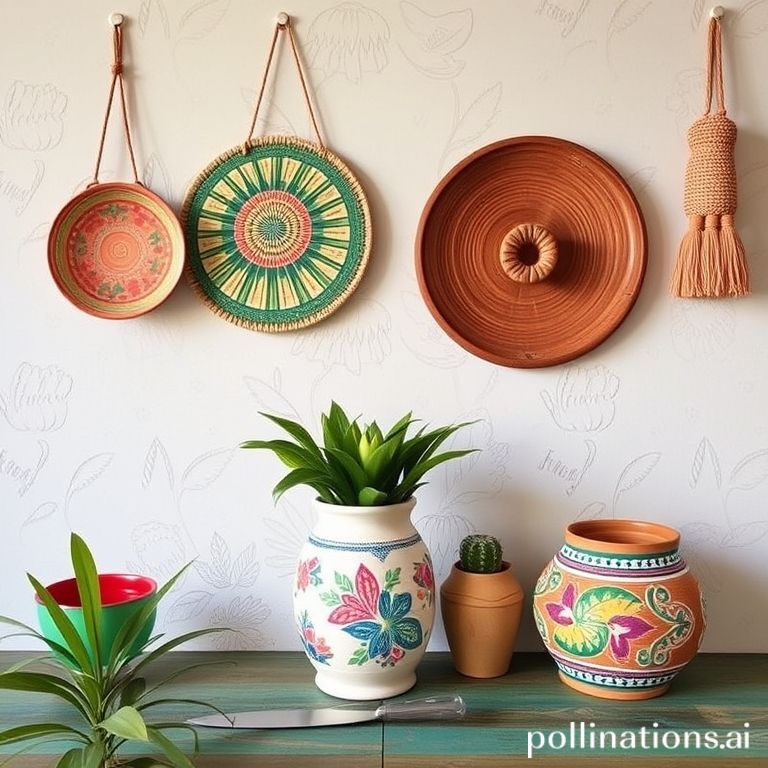Mexico is a country brimming with vibrant culture, rich history, and breathtaking landscapes. Beyond its stunning beaches and delicious cuisine lies a treasure trove of artistry – the world of Mexican handcrafts. These aren’t just souvenirs; they are tangible pieces of Mexican soul, each telling a unique story of tradition, skill, and creativity. Bringing home a Mexican handcraft is like taking a little piece of Mexico with you, a constant reminder of your unforgettable experience.
From colorful textiles to intricately carved wooden figures, the variety of Mexican handcrafts is staggering. Knowing what to look for and understanding the cultural significance behind each piece will not only enhance your shopping experience but also ensure you’re acquiring an authentic and meaningful keepsake.
Textiles: A Woven Tapestry of Tradition
Mexican textiles are renowned worldwide for their vibrant colors, intricate patterns, and high-quality craftsmanship. Passed down through generations, weaving techniques vary significantly from region to region, each with its own unique style and symbolism.
Types of Textiles
- Sarape: These brightly colored blankets, often adorned with geometric designs, are traditionally worn by men in northern Mexico. They can also be used as decorative throws or wall hangings.
- Huipil: A traditional tunic worn by indigenous women, the huipil is often heavily embroidered with symbols that represent the wearer’s community, marital status, and personal beliefs.
- Rebozo: This versatile shawl can be used as a head covering, baby carrier, or simply as a stylish accessory. Rebozos are often woven with intricate patterns and come in a variety of colors and materials.
Where to Find Authentic Textiles
To ensure you’re purchasing authentic, handcrafted textiles, visit local markets and artisan workshops in regions known for their weaving traditions, such as Oaxaca, Chiapas, and Michoacán. Be wary of mass-produced imitations that may be sold in tourist traps.
Pottery and Ceramics: Earthy Elegance
Pottery has been an integral part of Mexican culture for thousands of years, dating back to pre-Columbian civilizations. Today, Mexican artisans continue to create beautiful and functional pottery pieces using traditional techniques and locally sourced materials.
Styles of Mexican Pottery
- Talavera Pottery: Originating in Puebla, Talavera pottery is characterized by its distinctive blue and white designs, often depicting floral motifs or historical scenes.
- Barro Negro: This black clay pottery from Oaxaca is known for its unique sheen, which is achieved through a special firing process.
- Mata Ortiz Pottery: A modern style of pottery that originated in the village of Mata Ortiz in Chihuahua, this pottery is known for its intricate geometric designs and smooth, polished finish.
Tips for Buying Pottery
When purchasing pottery, look for pieces that are well-made and free of cracks or imperfections. Check the bottom of the piece for the artist’s signature or the name of the workshop. Be aware that lead-based glazes are sometimes used in Mexican pottery, so it’s best to purchase pieces that are certified lead-free if you plan to use them for food or beverages.
Wood Carvings: Whimsical Wonders
Mexican wood carvings are known for their vibrant colors, intricate details, and whimsical designs. From alebrijes (mythical creatures) to religious figures, these carvings reflect the rich folklore and artistic traditions of Mexico.
Alebrijes: Spirit Animals in Wood
Alebrijes are brightly painted, fantastical creatures that originated in Oaxaca. These whimsical figures are believed to represent spirit animals and are often adorned with intricate patterns and vibrant colors. Each alebrije is unique, reflecting the individual artist’s imagination and skill.
Other Types of Wood Carvings
In addition to alebrijes, you can find a variety of other wood carvings in Mexico, including masks, toys, and religious figures. Many of these carvings are made using traditional techniques and locally sourced wood.
Conclusion
Bringing home Mexican handcrafts is more than just acquiring souvenirs; it’s about preserving memories, supporting local artisans, and owning a tangible piece of Mexican culture. When choosing your treasures, take the time to learn about the history and significance behind each piece. By doing so, you’ll not only appreciate the beauty of Mexican handcrafts but also contribute to the preservation of these rich artistic traditions. Happy shopping!
If you enjoyed this article, don’t forget to explore more inspiring stories on Life in Mexico!
IMAGE: A vibrant and colorful display of Mexican handcrafts in a sunlit market stall. The scene includes a variety of items such as Talavera pottery with intricate blue and white designs, brightly painted alebrijes (mythical creatures) with whimsical patterns, and woven textiles with geometric designs. The lighting is warm and inviting, casting soft shadows and highlighting the textures of the crafts. The mood is cheerful and festive, capturing the essence of Mexican artistry and culture. The style is realistic and detailed, with a focus on showcasing the craftsmanship and beauty of the handcrafts.


